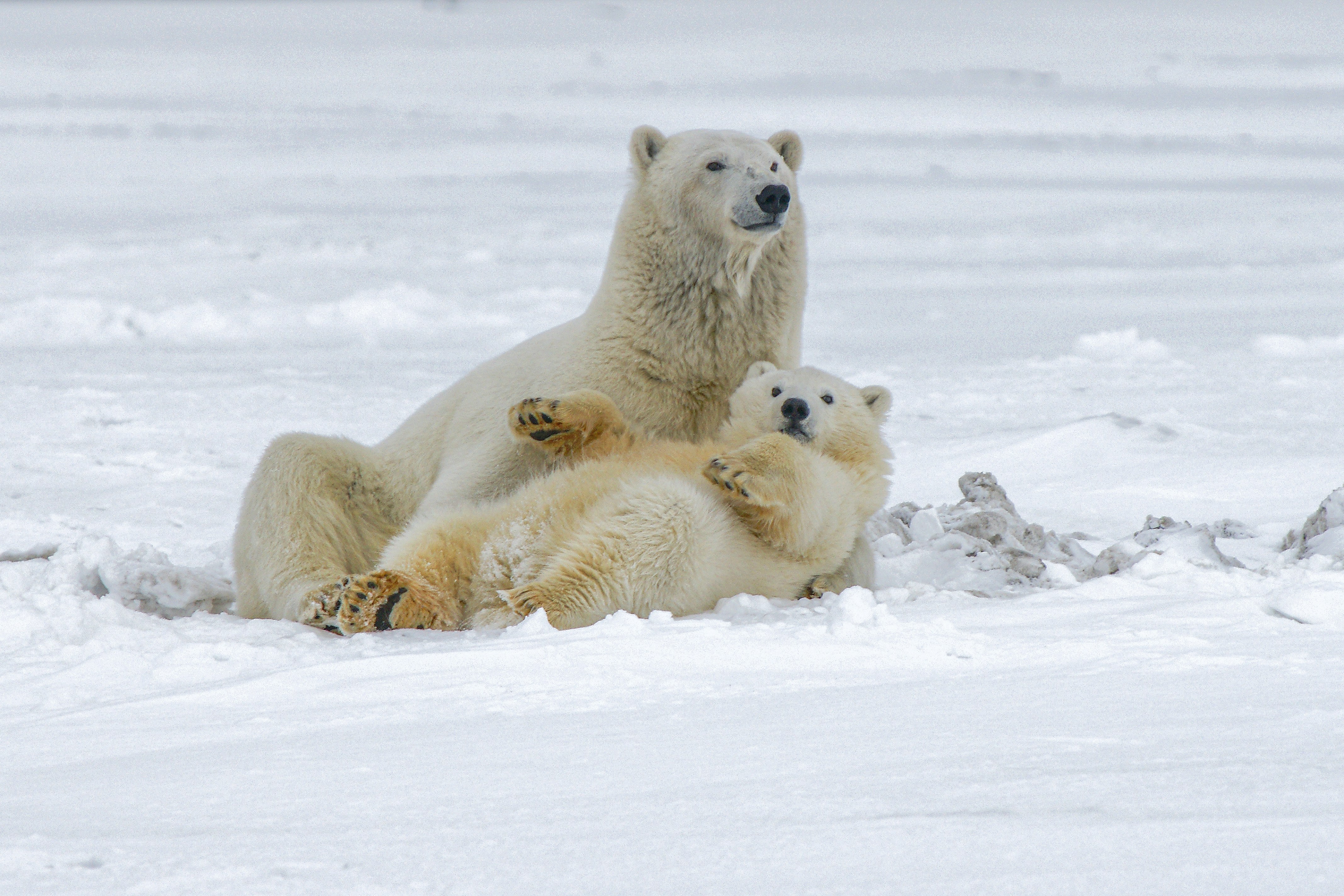Polar Bears: Masters of Arctic Survival

Category: Mammals | June 17, 2025
In the icy expanse of the Arctic, where temperatures plunge and food is scarce, the polar bear reigns supreme. These apex predators are perfectly adapted for life on sea ice, using a combination of stealth, strength, and specialized physiology to hunt, swim, and survive in one of the world’s most unforgiving environments.
Polar bears (Ursus maritimus) are marine mammals that depend heavily on sea ice for hunting seals, their primary food source. With massive, powerful limbs and partially webbed paws, they are excellent swimmers, capable of paddling long distances in search of ice floes and prey. Their thick fur—backed by a dense undercoat and a thick layer of fat—insulates them from temperatures that would kill most creatures.
Unlike their brown bear cousins, polar bears have evolved to rely almost entirely on meat, primarily ringed and bearded seals. They use a method called still-hunting, where they patiently wait near breathing holes in the ice for hours—even days—before ambushing their prey with remarkable precision.
Their sense of smell is extraordinary, allowing them to detect seals up to a kilometer away and buried beneath thick snow. Despite their bulk, polar bears are surprisingly stealthy, able to stalk prey across the ice or swim silently beneath the surface to launch surprise attacks.
Beyond physical prowess, polar bears demonstrate solitary resilience. Mothers will den in snowbanks and give birth during the winter, emerging months later with cubs that must quickly learn survival skills in a rapidly changing world. These cubs depend on their mother’s milk—rich in fat—and her guidance for over two years.
But polar bears now face an escalating threat: climate change. As the Arctic warms, sea ice is melting earlier and forming later, reducing hunting grounds and putting pressure on bear populations. Many bears are forced to swim farther and fast longer, leading to declining body condition and cub survival rates.
Still, these magnificent animals continue to embody Arctic strength and endurance. Their story is not just one of survival, but of adaptation, patience, and the complex balance between predator, environment, and climate. Protecting polar bears means protecting the entire Arctic ecosystem—and acknowledging the impact of a changing planet.
🌴 Jungle Chatter
Most popular reactions:
No reactions yet.